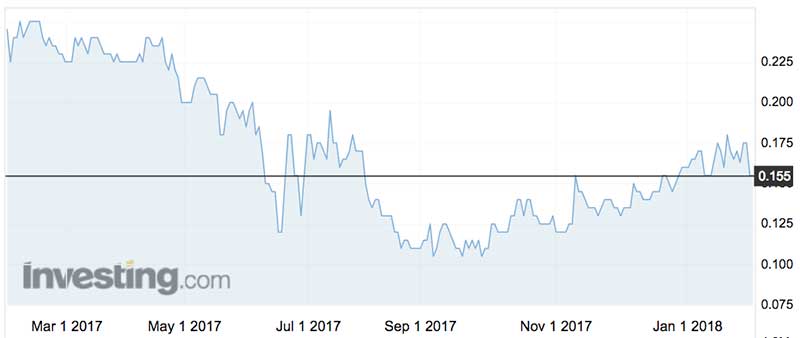Why uranium stocks like Vimy Resources face a glowing future
Mining
Mining
It was Russian supremo Vladimir Putin who reminded the world that the growing love affair with electric vehicles (EVs) was not necessarily a good thing for the planet — given they have to be charged up.
While EVs lay claim to being environmentally friendly, fossil fuels, particularly coal, are more often than not used to generate the electricity to charge their batteries, Putin told Bloomberg at an October energy forum.
Putin nominated vehicles run on gas as a better option.
He could well have added uranium to the mix, as nuclear energy has the lowest emissions of all the main energy sources (oil, coal, solar and wind).
If France went all EV overnight, its 74 per cent reliance on nuclear energy would give it the cleanest car fleet in the world.
In contrast, Australia’s emissions would skyrocket because of the eastern States’ reliance on brown and black coal.
The Putin argument touches on a key energy thematic for decades to come.
The world wants clean energy but how best to achieve it — particularly in the fast-growing Asian nations where the luxury of a solar panel on a 45 sq m home with a Tesla battery attached does not exist?
Proponents of uranium say nuclear power is the answer. Maybe so, but it remains politically difficult to achieve in Australia.
(Though exporting uranium to overseas power utilities is another matter — something Australia has done that for decades.)
It is against that backdrop that Perth’s plucky uranium developer Vimy Resources (ASX:VMY) keeps punching away at becoming a uranium producer/exporter from its Mulga Rock project in Western Australia.
If Vimy’s projected production was consumed in Australia the nuclear power would offset 70 million tonnes of carbon dioxide emissions annually — about 13 per cent of the total.
That is not going to happen. But it does go to why nuclear power is a key component of future global energy demand, particularly demand for low emissions energy.
Vimy has just released a definitive feasibility study on Mulga Rock producing 3.5 million pounds of uranium for 15 years.
The study found that the $500 million mine would have cash operating costs of $US27.95/lb and would generate annual free cash flow after royalties of $134 million.
It is interesting stuff for a company trading at 15.5c for a market cap of $56 million.

Central to the proposition is an assumed uranium contract price of $US60/lb at the time of first production, targeted for 2021.
That might seem fanciful when compared with the smashed spot price for uranium of $US23.15/lb.
But the spot market is not representative of the bigger and opaque contract market where power station owners generally sign-up for deliveries to cover their needs for 10 years or more, some two to four years in advance.
A massive cat-and-mouse game is currently playing out among the world’s uranium producers and utilities.
Because of the uranium price dump and demand hit that followed Fukushima, utilities have held off covering their forward demand.
As a result, 40 per cent of their uranium needs are estimated to be uncovered for 2020, rising to 80 per cent for 2025.
At some point they will have to return to the contract market, with the pricing to bear little resemblance to spot prices.
Day of reckoning draws closer
In the meantime, the world’s biggest uranium suppliers in Kazakhstan and Canada have got a whole lot smarter and reined in their production to tighten up supply as the day of reckoning for the utilities draws closer.
Vimy calls it the “supply side strike” and it reckons it can be expected to drive uranium prices higher over the short-to-medium term in a world where nuclear generating capacity is expected to increase by 38 per cent in the next ten years.
A flavour of all that has come through in Vimy’s share price of late.
While it has yet to shoot the lights out, the share price has moved from 10c since mid-September last year to this week’s 15.5c.
Things are clearly stirring in the uranium patch.